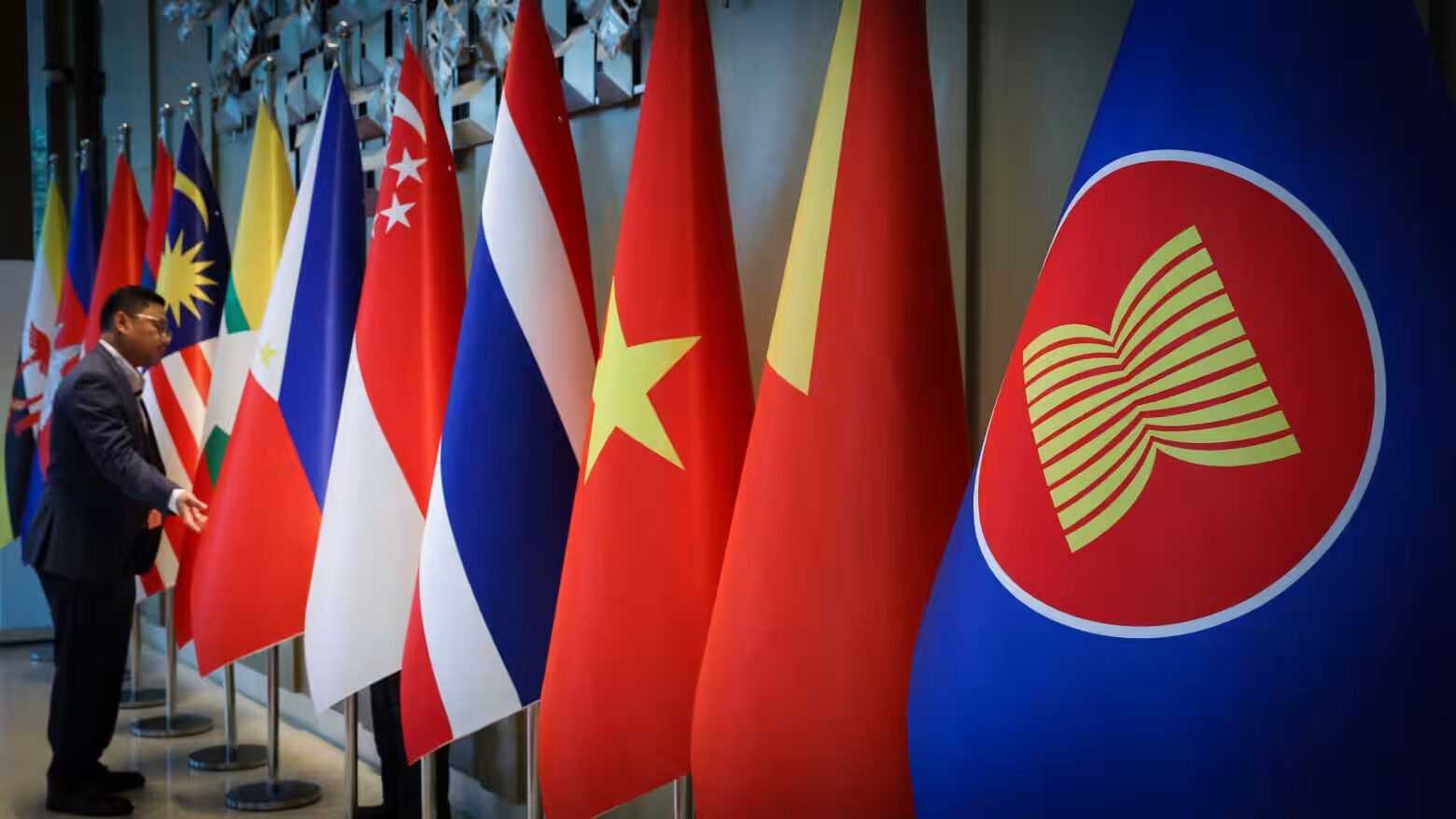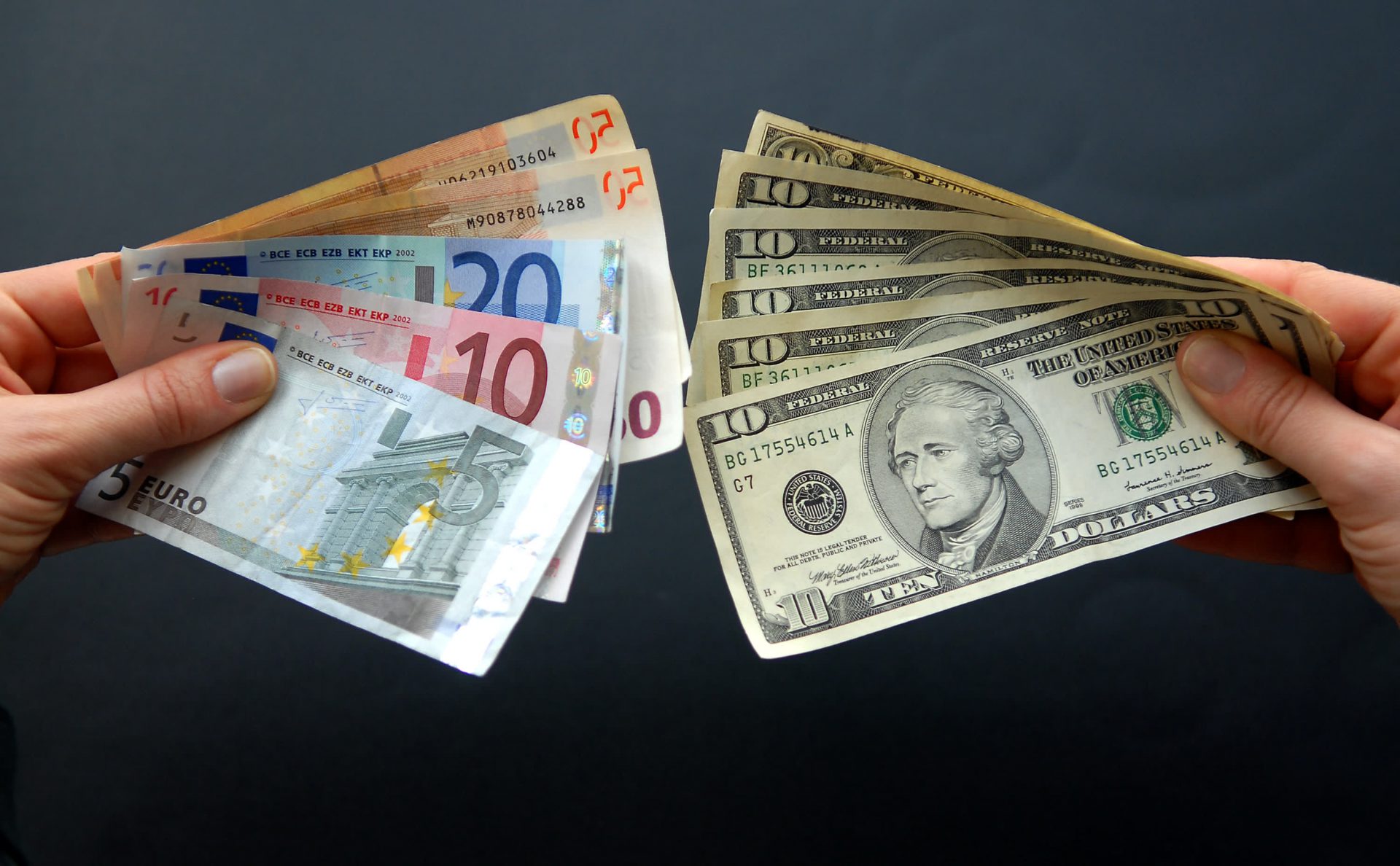10 ASEAN Countries Ready to Trade in Local Currencies & Not US Dollar

ASEAN local currencies trade initiatives are gaining significant momentum as Southeast Asian nations face brand new U.S. tariffs. The 10-nation bloc is actively accelerating plans to reduce dollar dependency and also promote native currencies for cross-border transactions. This strategy, which actually began developing several years ago, has suddenly gained new urgency following Donald Trump’s recent tariff announcement affecting regional trade integration and also forcing new ASEAN economic strategies to adapt at this time.
Also Read: Shiba Inu: You Can Now Get 1 Million For $12
ASEAN’s Response to US Tariffs: A New Era of Regional Trade Cooperation

Following Wednesday’s U.S. tariff announcement, experts are urgently calling for collective action from ASEAN nations—Brunei, Cambodia, Indonesia, Laos, Malaysia, Myanmar, Philippines, Singapore, Thailand, and Vietnam. The U.S. tariffs impact varies quite significantly, from 49% for Cambodia to just 10% for Singapore, creating an uneven playing field.
Ong Kian-Ming, pro-vice-chancellor at Taylor’s University in Malaysia and a former deputy Malaysian trade minister, stated:
ASEAN should not only push for deeper integration within the region but also look to strengthen our trading relationship with other regions.
Local Currency Solutions for ASEAN Inseatd of US Dollar
The varying tariff rates create both immediate challenges and potential opportunities for ASEAN local currencies trade initiatives. The Philippines’ 17% rate compared to Vietnam’s higher tariff could essentially reshape regional dynamics in the coming months.
Dindo Manhit, president of Manila-based Stratbase ADR Institute, noted:
While this move could make Philippine products less competitive in the U.S. market, it also opens doors for new trade and investment prospects. The Philippines, with a comparatively lower tariff rate, could position itself as an attractive alternative for businesses looking to diversify their supply chains.
ASEAN’s push toward regional trade integration and local currency instead of US dollar usage actually started well before these tariffs. Back in 2023, the bloc formally agreed to encourage the use of local currencies for economic and financial transactions as part of an overall strategy to reduce dollar dependency and also explore China trade alternatives.
Also Read: Trade War Tensions Escalate Globally As US Dollar Plunges Amid Chaos
People-Centered Economic Strategies
The U.S. tariffs impact definitely extends beyond just economics to affect workers and small businesses across the region. Malaysia’s Petaling Jaya MP Lee Chean Chung warned:
Beyond economic metrics lies a deeper human toll. Millions of working-class citizens face the grim prospects of declining export demand, reduced factory output and job losses. SMEs, which make up more than 90% of ASEAN businesses, are especially vulnerable.
The ASEAN economic strategies must now include social safety nets and additional support mechanisms for vulnerable sectors while advancing local currencies trade initiatives simultaneously.
Building Broader Partnerships
While strengthening intra-ASEAN trade forms the core strategy against U.S. tariffs impact, expanding ties with other regions represents another particularly vital approach to reduce dollar dependency.
Wong Chen, a Malaysian MP and chairman of a parliamentary international relations and trade committee, advised:
The focus should be to expand to other markets, in particular Europe and the Gulf states.
Peter Varghese, the chancellor of the University of Queensland in Australia, emphasized:
The best strategy is effectively… to look for every opportunity available, to try and not only save as much of the furniture of multilateral machinery as possible, but to focus even more intently on economic growth and economic heft in a very different environment.
Also Read: Tesla (TSLA) vs Ford (F) Stock Battle — $487.93 Target Meets 25% Tariff Impact
The ongoing push for ASEAN local currencies trade, coupled with China trade alternatives and deeper regional trade integration, positions ASEAN to potentially emerge stronger and also less dependent on the dollar-dominated system. As ASEAN economic strategies continue to evolve to address both immediate tariff concerns and long-term resilience goals, the 10-nation bloc currently stands at a truly pivotal moment in reshaping its economic future in the face of increasing U.S. tariffs impact.
10 ASEAN Countries Ready to Trade in Local Currencies & Not US Dollar

ASEAN local currencies trade initiatives are gaining significant momentum as Southeast Asian nations face brand new U.S. tariffs. The 10-nation bloc is actively accelerating plans to reduce dollar dependency and also promote native currencies for cross-border transactions. This strategy, which actually began developing several years ago, has suddenly gained new urgency following Donald Trump’s recent tariff announcement affecting regional trade integration and also forcing new ASEAN economic strategies to adapt at this time.
Also Read: Shiba Inu: You Can Now Get 1 Million For $12
ASEAN’s Response to US Tariffs: A New Era of Regional Trade Cooperation

Following Wednesday’s U.S. tariff announcement, experts are urgently calling for collective action from ASEAN nations—Brunei, Cambodia, Indonesia, Laos, Malaysia, Myanmar, Philippines, Singapore, Thailand, and Vietnam. The U.S. tariffs impact varies quite significantly, from 49% for Cambodia to just 10% for Singapore, creating an uneven playing field.
Ong Kian-Ming, pro-vice-chancellor at Taylor’s University in Malaysia and a former deputy Malaysian trade minister, stated:
ASEAN should not only push for deeper integration within the region but also look to strengthen our trading relationship with other regions.
Local Currency Solutions for ASEAN Inseatd of US Dollar
The varying tariff rates create both immediate challenges and potential opportunities for ASEAN local currencies trade initiatives. The Philippines’ 17% rate compared to Vietnam’s higher tariff could essentially reshape regional dynamics in the coming months.
Dindo Manhit, president of Manila-based Stratbase ADR Institute, noted:
While this move could make Philippine products less competitive in the U.S. market, it also opens doors for new trade and investment prospects. The Philippines, with a comparatively lower tariff rate, could position itself as an attractive alternative for businesses looking to diversify their supply chains.
ASEAN’s push toward regional trade integration and local currency instead of US dollar usage actually started well before these tariffs. Back in 2023, the bloc formally agreed to encourage the use of local currencies for economic and financial transactions as part of an overall strategy to reduce dollar dependency and also explore China trade alternatives.
Also Read: Trade War Tensions Escalate Globally As US Dollar Plunges Amid Chaos
People-Centered Economic Strategies
The U.S. tariffs impact definitely extends beyond just economics to affect workers and small businesses across the region. Malaysia’s Petaling Jaya MP Lee Chean Chung warned:
Beyond economic metrics lies a deeper human toll. Millions of working-class citizens face the grim prospects of declining export demand, reduced factory output and job losses. SMEs, which make up more than 90% of ASEAN businesses, are especially vulnerable.
The ASEAN economic strategies must now include social safety nets and additional support mechanisms for vulnerable sectors while advancing local currencies trade initiatives simultaneously.
Building Broader Partnerships
While strengthening intra-ASEAN trade forms the core strategy against U.S. tariffs impact, expanding ties with other regions represents another particularly vital approach to reduce dollar dependency.
Wong Chen, a Malaysian MP and chairman of a parliamentary international relations and trade committee, advised:
The focus should be to expand to other markets, in particular Europe and the Gulf states.
Peter Varghese, the chancellor of the University of Queensland in Australia, emphasized:
The best strategy is effectively… to look for every opportunity available, to try and not only save as much of the furniture of multilateral machinery as possible, but to focus even more intently on economic growth and economic heft in a very different environment.
Also Read: Tesla (TSLA) vs Ford (F) Stock Battle — $487.93 Target Meets 25% Tariff Impact
The ongoing push for ASEAN local currencies trade, coupled with China trade alternatives and deeper regional trade integration, positions ASEAN to potentially emerge stronger and also less dependent on the dollar-dominated system. As ASEAN economic strategies continue to evolve to address both immediate tariff concerns and long-term resilience goals, the 10-nation bloc currently stands at a truly pivotal moment in reshaping its economic future in the face of increasing U.S. tariffs impact.

